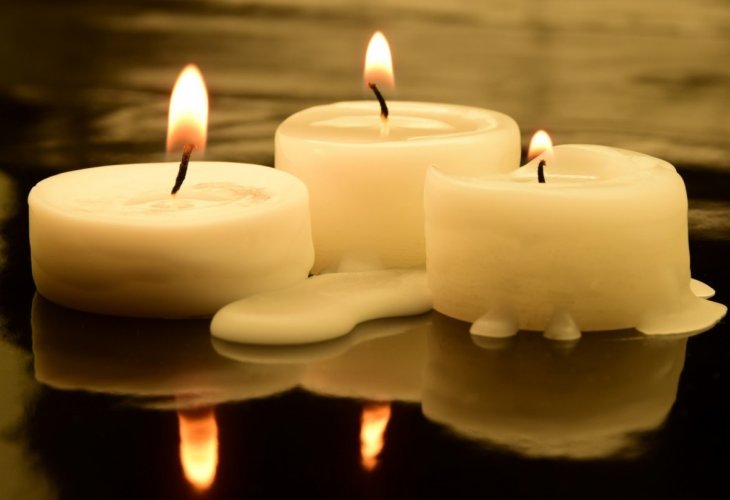Facts in Judaism
The Eternal Flame: The Meaning and Power of the Ner Neshama (Memorial Candle)
Lighting memorial candles in memory of beloved deceased relatives is a widespread practice. What is the origin and meaning of this custom?
 Memorial Candle I Soul Candle
Memorial Candle I Soul CandleOne of the most enduring Jewish customs for honoring the memory of the departed is the lighting of a ner neshama (memorial candle). Though not a formal mitzvah, this tradition carries deep spiritual significance. The flame serves not only as a tribute to the soul of the deceased but also as a symbol of its eternal connection to Hashem.
The ner neshama is most commonly lit on the yahrtzeit (anniversary of a person's death) at home, and often at the gravesite. Many also have the custom of lighting this candle during shiva, the seven-day mourning period following a loved one’s death.
On Yom Kippur, the ner neshama takes on special meaning and is often called the ner ha'chaim (candle of life). Beyond the symbolism, the candle serves a practical purpose as well, and provides the flame used for the havdalah ceremony at the close of the holy day. Traditionally, every married man lights this candle, and anyone who has lost a parent lights an additional one in their memory.
Another appropriate time to light a ner neshama is whenever the Yizkor (Remembrance) prayer is recited in synagogues, namely on Yom Kippur, Shemini Atzeret, the seventh day of Pesach, and Shavuot.
A Flame That Reflects the Soul
Typically, the candle is designed to burn for slightly more than 24 hours. In some cases, especially during shiva, seven-day memorial candles are used. The origin of this custom comes from the verse in Mishlei (20:27): "Ner Hashem nishmat adam" - "The soul of man is the lamp of Hashem" which draws a direct parallel between the soul and a flame.
The Mishnah (Berachot 52b) alludes to the distinctiveness of the memorial flame by stating that one does not recite the borei me'orei ha'eish (blessing over fire) on a candle lit for the dead during havdalah. The Shulchan Aruch (Orach Chaim 610) records the practice of lighting a ner neshama in the synagogue on the eve of Yom Kippur for deceased parents. The Maharshal notes that in Ashkenazic communities, it was customary to light a candle in the synagogue on the yahrzeit of one’s father or mother, particularly on Shabbat eve.
Honoring Hashem and Our Ancestors
The Orchot Chaim cites the position of Rabbenu Asher: “Everyone should light a candle on the eve of Yom Kippur to atone for their father and mother, for this is an honor to Hashem, as it is written: 'Honor Hashem with lights.' And the custom of Israel is Torah.”
Since lighting a ner neshama is a custom rather than a binding obligation, electric candles may be used. Rabbi Ovadia Yosef ruled that using electric candles is permissible, especially in settings like synagogues where open flames and wax can disrupt Torah study (Yechaveh Da’at 1:60).
Moreover, Rabbi Ovadia Yosef notes: “It is a great mitzvah to donate funds to batei midrash (study halls) for electricity and lighting costs, so Torah learning can continue. This brings comfort to the souls of the departed and causes them to advocate in Heaven on behalf of the living.”
He emphasized that the greatest merit for a parent or teacher is when their children or students continue to study Torah. The joy and elevation this brings to their souls surpass the merit of lighting candles or even reciting Kaddish. As the verse teaches, “Ner Hashem nishmat adam," when one’s descendants continue to learn Torah, especially the Torah of their predecessors, it causes their lips to "move in the grave," meaning their teachings live on (Berachot 31b), and creates an enduring legacy, until the coming of Mashiach.

